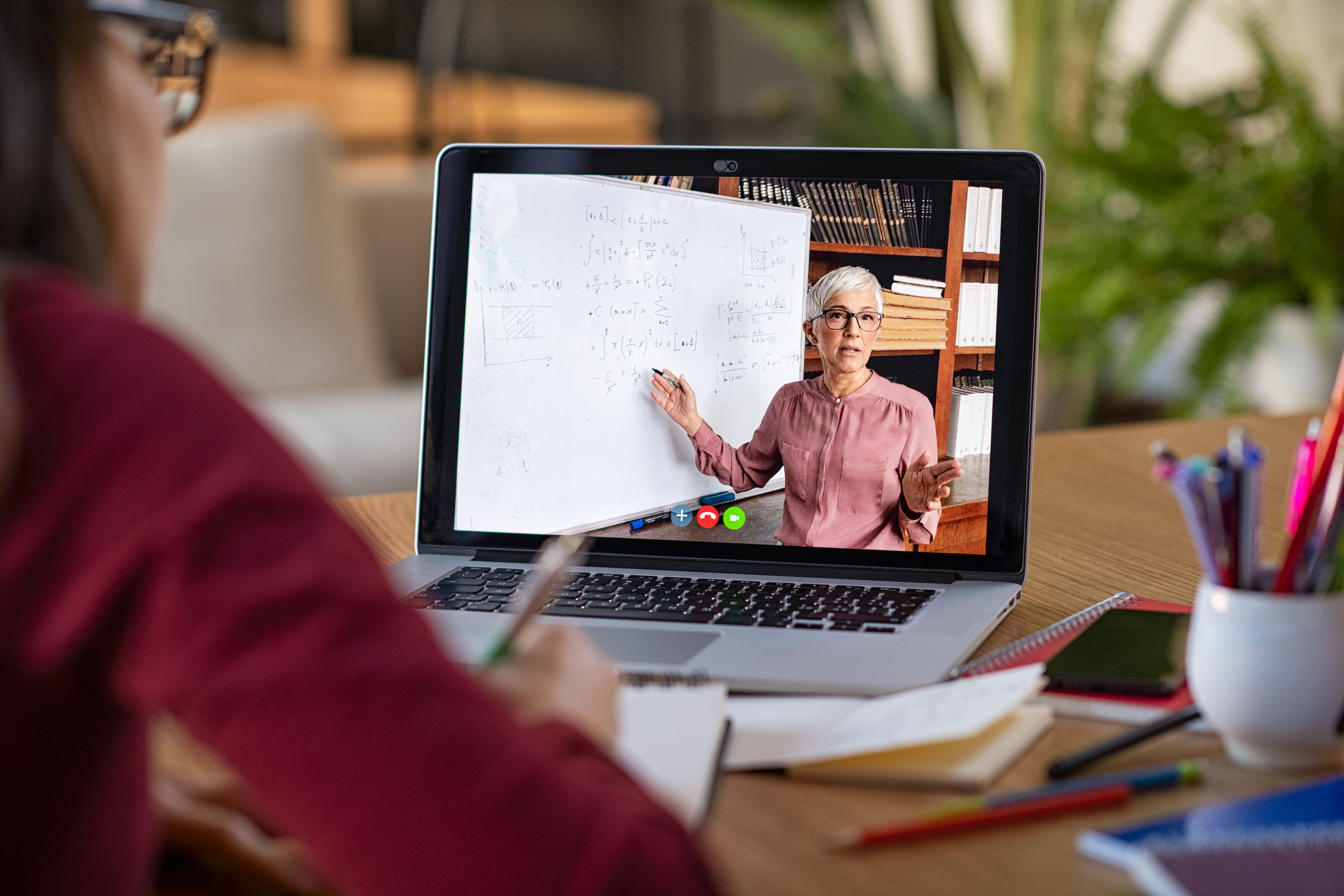
Remote Work 101: Video Conferencing and Conference Camera

In today's digital age, conference cameras have become an indispensable tool for businesses, organizations, and individuals. As the modern workforce evolves, remote work has become integral to business operations. The rise of conference cameras has significantly contributed to the success of remote work, enabling seamless collaboration among team members regardless of their geographical locations. The ability to communicate, collaborate, and connect with people worldwide in real time has revolutionized how we conduct meetings, interviews, and even social gatherings.
But the question is, do you truly understand how video conferencing works? Do you know the basics that should be learned with video conferencing and a conference camera? In this article, we will delve into the inner workings of video conferencing, exploring the technology behind it and understanding the components that make it all possible.
Understanding the Basics of Video Conferencing
Video conferencing is a technology that allows participants in different locations to interact with each other through audio and video transmission. It enables face-to-face communication, breaks down geographical barriers, and fosters seamless collaboration. Video conferencing requires hardware, software, and network infrastructure to function effectively.
Exploring the Use of Video Conferencing
Beyond personal video calls, this versatile technology offers myriad applications across various sectors, especially in business. Here’s a list of ways business organizations leverage the use of video conferencing:
1. Business Meetings and Collaboration
One of the primary uses of video conferencing is conducting virtual business meetings. With teams often spread across different locations, video conferencing platforms provide a seamless and efficient way to conduct meetings, brainstorm ideas, review projects, and make real-time critical decisions.
2. Remote Work and Telecommuting
Video conferencing technology has further accelerated the rise of remote work and telecommuting. Employers can now hire talent from around the world without needing physical relocation. It ensures remote workers stay connected, attend virtual team meetings, and communicate powerfully with their colleagues and supervisors.
3. Training and Development
Businesses utilize video conferencing to deliver training sessions and professional development programs to employees across different branches or locations. It enables businesses to conduct cost-effective training without traveling, ensuring consistent skill development for all.
4. Webinars and Virtual Events
Businesses frequently utilize video conferencing for hosting webinars, conferences, and virtual events. These platforms allow seamless interaction between presenters and attendees, enabling live Q&A sessions, polls, and networking opportunities.
5. Job Interviews and Recruitment
Video conferencing has streamlined recruitment, making it easier for employers to conduct job interviews with candidates in different cities or countries, accelerating the hiring process, and reaching a broader talent pool.
6. Remote Sales and Client Demos
Sales teams can use video conferencing to conduct product demos and sales presentations with potential clients in different regions. It allows you to showcase products or services when closing deals.
7. Crisis Management and Emergency Communication
During crises or emergencies, video conferencing is essential for businesses to quickly and effectively communicate with stakeholders, employees, and clients to address concerns and provide updates.
Significance of Video Conferencing
Since video conferencing has emerged as a vital communication tool, it allows employees to connect face-to-face, fostering a sense of camaraderie and trust among team members. Below are the several benefits video conferencing offers:
- Enhanced communication, including non-verbal communication cues.
- Increased productivity to facilitate efficient decision-making and quick problem-solving to improve productivity.
- Cost and time savings so employees can participate in meetings without traveling, saving time and expenses.
- Global reach erases geographical barriers, allowing businesses to connect with clients and partners worldwide.
Video Conferencing Setup
Here is the essential equipment needed for effective video conferencing, enabling you to make the most of your virtual interactions.
- High-Quality Conference Camera
- Display Monitors
- Quality Microphone
- Crystal clear Speaker
- Reliable Internet Connection
- Video Conferencing Platform
- Proper Lighting
- Background Setup
Choosing the Right Conference Camera
A high-quality webcam is the backbone of any successful video conference. It captures and transmits your video feed, allowing others to see you. As mentioned above, a conference camera and other devices are necessary. To choose the best, look for a conference camera for video capture, which can also serve different purposes.
This is where the Coolpo AI Huddle Series comes in. Not only is this device a conference camera, but it also has other purposes, such as a speaker and a microphone. The Coolpo Ai Huddle Series, composed of Coolpo Pana and Mini Lite, has unique features that surpass your expectations.
Here’s a brief rundown of the device's features:
Coolpo AI Huddle Pana
The Coolpo AI Huddle Pana is designed with a 360-degree horizontal FOV camera. This allows you to do panoramic capture, making your virtual space massive. The device also features HD resolution, giving you a clear video conferencing experience.
Aside from that, the device has Dual positioning technology—a sound and movement locator. This feature is AI supported. A dual positioning technology that tracks users' voices and gestures.
Moreover, the Pana has 360-degree audio output and four smart microphones with 15 ft pick-up sound for superior audio. A camera that serves many purposes.
Coolpo AI Huddle Mini Lite
The Coolpo AI Huddle Mini Lite can be your portable and compact camera option. Its 4K Camera Sensor supports 4K video conferencing with 60°, 90°, and 120° horizontal FOVs. Similar to Coolpo Pana, i is also equipped with MeetingFlex® technology. You can enjoy the different FOVs, light and audio sensitivity, and two different frame modes; Individual and Group Modes and Frame Master. Also, the device has an electret mic with a 6 m sound pick-up range.
Conclusion
Video conferencing has become a pivotal tool for businesses, enabling seamless communication, collaboration, and productivity in the remote work era. It has transformed how organizations conduct meetings, training, interviews, and events, erasing geographical barriers and fostering global connectivity. With the right conference camera, businesses can achieve crystal-clear video quality and audio transmission, making virtual interactions almost as real as face-to-face meetings.
The Coolpo AI Huddle Series, featuring the Coolpo Pana and Mini Lite, stands out as an excellent choice for conference cameras. Its horizontal FOV, video resolution, and AI-supported MeetingFlex® Technology, make these devices offer top-notch video and audio quality. Whether you need a panoramic view with the Pana or a portable option with the Mini Lite, the Coolpo AI Huddle Series will surely exceed your expectations.
In conclusion, as remote work and video conferencing continue to shape the future of business communication, investing in a high-quality conference camera becomes indispensable for organizations. Embrace the power of video conferencing and the right conference camera to elevate your virtual interactions and stay ahead in the evolving world of remote work.
Recent blogs
How Sales Agents Build Stronger Client Connections with a Headset for Cold Calling






%20(1).jpg)



